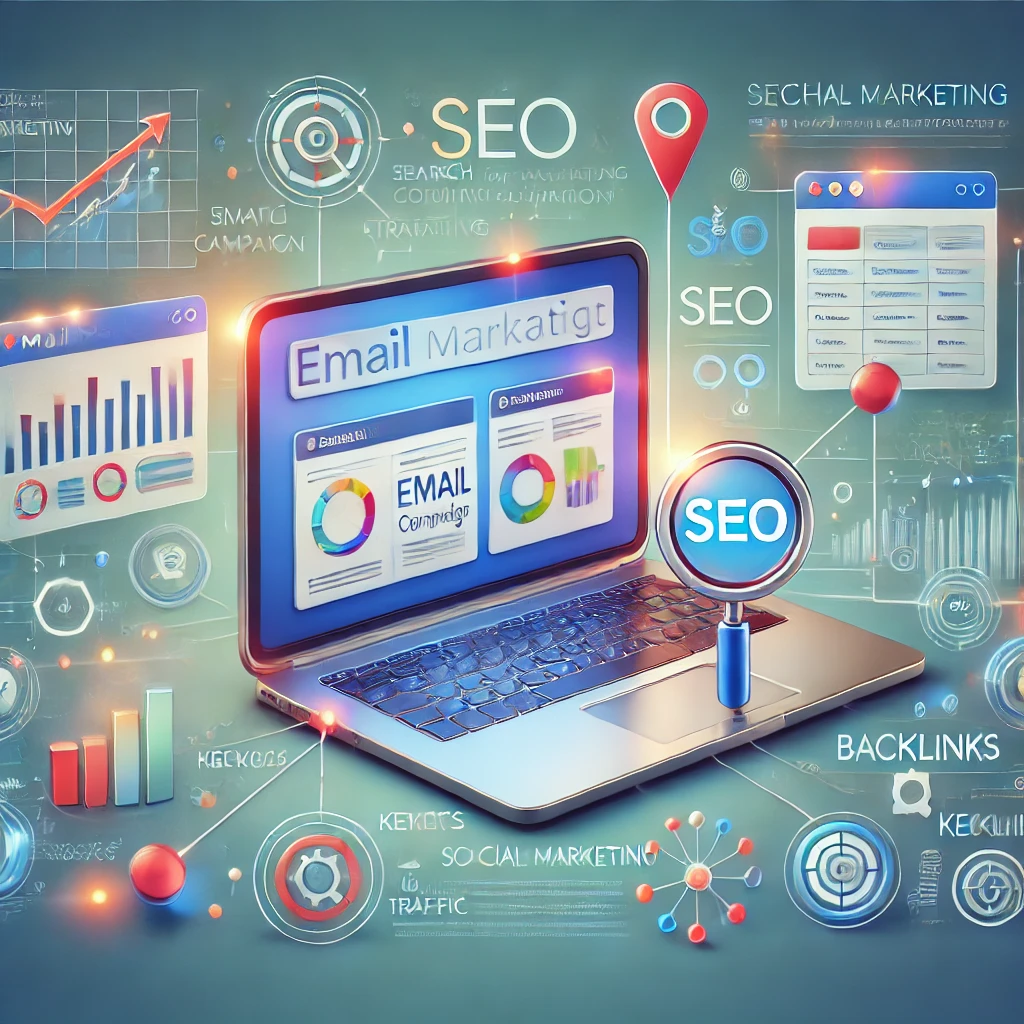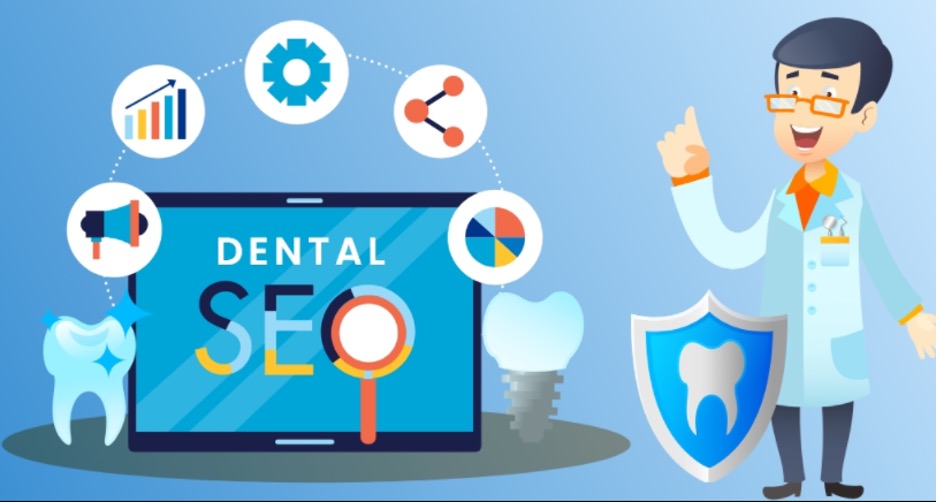In the realm of modern marketing, communication channels are diverse, and emails remain one of the most vital forms of interaction between businesses and customers. Salesforce Marketing Cloud (SFMC), a leading digital marketing platform, is widely known for its powerful capabilities in email marketing, automation, and customer journey management. But an oftenasked question by businesses looking to streamline their communications is: Does Salesforce Marketing Cloud work on inbound emails? This blog will explore how SFMC handles inbound emails, its benefits, and best practices to leverage its capabilities effectively.
Understanding Salesforce Marketing Cloud’s Email Capabilities
Salesforce Marketing Cloud is a comprehensive platform that supports a wide array of marketing activities, including:
Email Campaign Creation and Management
Automation and Customer Journey Building
Personalization and Segmentation
Analytics and Reporting
While SFMC is renowned for its outbound marketing capabilities—crafting and sending targeted campaigns—it also has features for handling inbound emails. These features are crucial for brands seeking to integrate twoway communication and enhance their customer experience.
Inbound Email Processing in Salesforce Marketing Cloud
Inbound emails refer to emails that are sent by customers or prospects to a business. Handling inbound emails efficiently can enhance customer support, facilitate lead nurturing, and improve overall engagement. Although SFMC is not traditionally seen as an email client for direct inbound email processing like some dedicated CRM or support systems, it does have capabilities that can be tailored to manage and respond to inbound email flows.
Core Components for Inbound Email Handling
1. Interaction Studio
Interaction Studio, part of the SFMC ecosystem, provides realtime customer interaction management. By connecting inbound email data to Interaction Studio, businesses can analyze and respond to customer actions in real time, allowing for more personalized and immediate responses.
2. Journey Builder
Journey Builder can be configured to trigger specific actions based on inbound email data. For example, automated responses or targeted followup communications can be initiated when a customer replies to an email or submits a request.
3. Einstein Engagement Scoring
With Einstein Engagement Scoring, SFMC can predict the likelihood of customer engagement based on their interaction with inbound and outbound emails. While this tool primarily focuses on enhancing outbound email campaigns, the insights derived can be applied to optimize responses to inbound communications.
4. Email Studio
Email Studio, the primary tool for email management in SFMC, can track replies and integrate with other solutions for automated workflows that handle inbound responses.
How to Set Up Inbound Email Handling in SFMC
To leverage Salesforce Marketing Cloud for inbound email processing, businesses need to take the following steps:
1. Connect SFMC with CRM Tools
Integrating SFMC with Salesforce CRM or other CRM tools helps create a unified view of customer interactions. When inbound emails are received, relevant data can be pushed into the CRM, allowing the marketing and support teams to manage and respond effectively.
2. Enable Reply Tracking
SFMC allows users to track email replies through Email Studio. Here’s how it works:
Configure Reply Mail Management (RMM) to automatically handle responses based on predefined rules.
Set up an automatic forwarding system that sends replies to a designated support team or inbox.
Use rules to classify and segment responses based on their content—for example, categorizing them as inquiries, feedback, or service requests.
RMM ensures that responses don’t get lost and are appropriately directed for further action. This feature helps streamline workflows, especially for largescale campaigns.
3. Leverage Automation Studio for Workflow Automation
Automation Studio can be used to create automated workflows that trigger actions when inbound email data is detected. For example, a workflow can be designed to:
Send an automated acknowledgment email confirming receipt.
Trigger notifications to the sales or support team for followup.
Update customer data within Salesforce to reflect the new interaction.
Benefits of Using SFMC for Inbound Email Management
1. Enhanced Customer Engagement
By handling inbound emails within SFMC, businesses can respond faster and more accurately to customer needs, improving customer satisfaction and retention.
2. DataDriven Insights
With integrated reporting and analytics, SFMC can provide detailed insights into how inbound emails impact customer journeys, which can be used to refine future campaigns.
3. Seamless MultiChannel Experience
Combining inbound and outbound email capabilities ensures that customers receive consistent communication regardless of whether they initiate the contact or receive a promotional campaign.
4. Improved Personalization
SFMC’s robust data management features make it easier to personalize responses and followup communications, enhancing the customer experience.
Limitations and Considerations
While Salesforce Marketing Cloud has tools that support inbound email handling, it is essential to understand its limitations:
Not a Dedicated Support System: SFMC’s primary focus is marketing, not customer support. For comprehensive ticketing and support management, integration with tools like Salesforce Service Cloud or thirdparty helpdesk solutions may be necessary.
Complex Setup: Configuring SFMC for effective inbound email processing can be more complex compared to using a tool specifically designed for email management.
Reply Mail Management Customization: The effectiveness of RMM depends on welldesigned rules and workflows that require a good understanding of SFMC’s capabilities and potential integrations.
Best Practices for Leveraging SFMC for Inbound Emails
1. Integrate with a CRM for Enhanced Functionality
Connecting SFMC with a CRM system ensures that all inbound email data is captured, stored, and acted upon efficiently. This integration enhances the overall customer journey by aligning marketing, sales, and support efforts.
2. Use Automation for Quick Responses
Utilize Automation Studio to design workflows that send automated responses acknowledging receipt of the customer’s email. This small step can greatly enhance customer satisfaction by ensuring that they are heard and valued.
3. Train Your Team
Ensure that your marketing team is wellversed in configuring Reply Mail Management and creating automation workflows. Proper training will maximize the efficiency and effectiveness of handling inbound emails.
4. Analyze and Optimize
Regularly review the performance of inbound email workflows using SFMC’s builtin analytics tools. Use the insights to refine rules, workflows, and response strategies for continuous improvement.
Use Cases for Inbound Email Processing in SFMC
To illustrate how SFMC can handle inbound emails effectively, consider the following examples:
1. Customer Feedback Management
A business can set up an inbound email workflow where customer replies containing feedback are automatically tagged and sent to the relevant department for review. An automated response can acknowledge receipt, enhancing the customer experience.
2. Lead Nurturing Campaigns
When prospects reply to marketing emails with questions or requests for more information, SFMC can trigger actions such as scheduling a followup email, notifying a sales representative, or updating the lead’s status in the CRM.
3. Event Registrations and FollowUps
Companies hosting events can manage inbound registration emails by creating workflows that extract relevant information and add attendees to a journey that confirms registration and provides event details.
Conclusion
While Salesforce Marketing Cloud is more renowned for its outbound email marketing capabilities, it does support inbound email processing with the right configuration and integrations. Businesses can use features like Reply Mail Management, Automation Studio, and Journey Builder to create seamless inbound email workflows that improve customer interaction and engagement. However, it is crucial to understand that SFMC may need to be combined with other tools like Salesforce CRM or Service Cloud for a comprehensive solution.
By leveraging the capabilities of SFMC effectively, companies can create a more holistic communication strategy that enhances customer relationships and drives longterm success.


